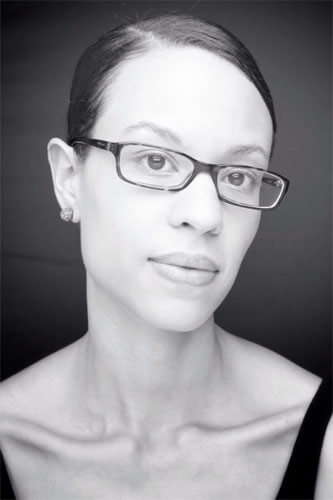Born in Santo Domingo, Dominican Republic, Josephine Cardin is a fine arts photographer who grew up in South Florida, until moving to Boston, MA in 2006.
Presently, Cardin has been developing her figurative work, inspired by music, dance, and the human themes of loneliness, isolation, melancholy, love and loss. Cardin uses both dancers, and self-portraiture to illustrate scenes that bewitch, seduce, and explore our human sensibilities; through abstract stories with a visual dialogue between the subject and the artist created through a symbiosis of harmonic gestures and magnetic artistry.
Cardin's work has been published in The Spoiler�s Hand, Lucy�s, Canto, beau BU, Scope, F-Stop, and Dance Magazines; Playbill, and the book Meet The Dancers. She has exhibited with The Professional Woman Photographers, The Boca Raton Museum of Art Juried Exhibition, and with The Woman in The Visual Arts. Most recently Cardin received and honorable mention for the 2014 Julia Margaret Cameron Awards, and was selected as a finalist for the PhotoNola/International House Mary Magdalene Exhibit in New Orleans. She has done work for the Boston Ballet, Rochester City Ballet, Arts Ballet Theater, and The Broward Center for the Performing Arts; as well as work for corporate clients. Additionally she earned an artistic grant from the state of Florida, prior to her move to Boston.
Always an artist in some capacity, Cardin started out as a ballet dancer, then earning her B.A. in Art History from Florida Atlantic University, followed by an M.A. in Communications from Lynn University. She went on to hold several professional jobs in the arts, while continuing to produce personal and professional photography projects as a freelancer. In 2010 Cardin focused on pursuing her fine arts career full-time. She lives and works in Rochester, NY, with her husband and two young children.
